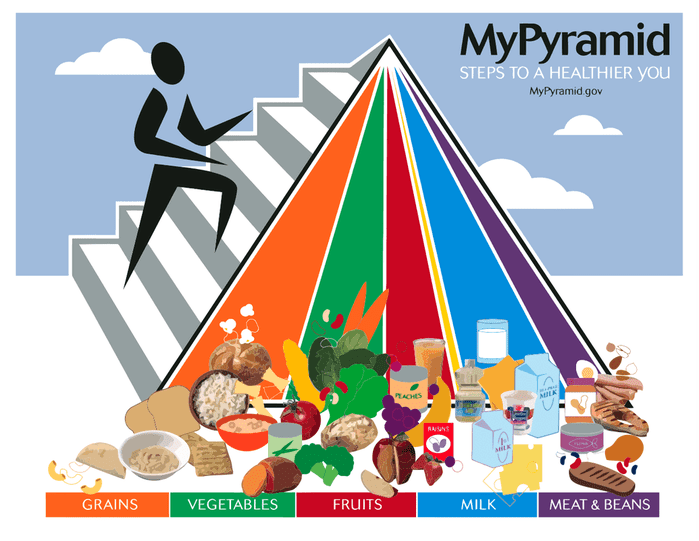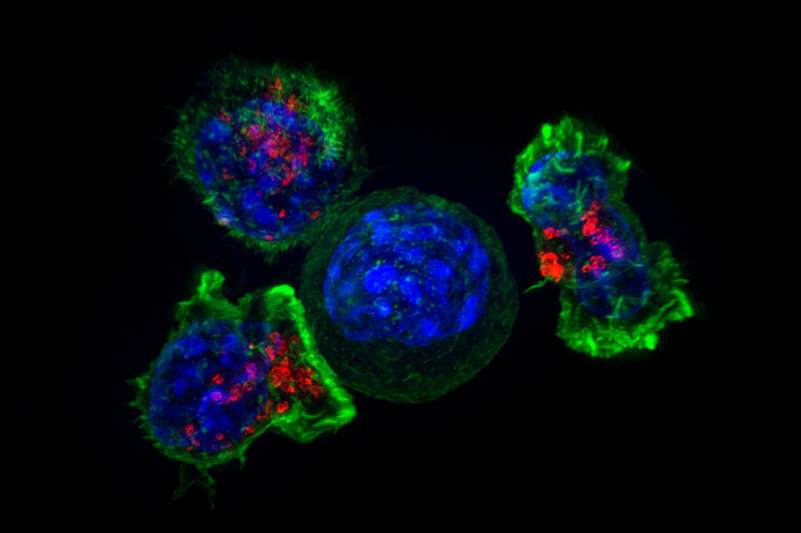A Closer Look at the Association Between Undernutrition
and Terminal Illnesses
Undernutrition maintains a strong association with malign diseases and significantly influences a patient's quality of life, survival, and morbidity. Patients diagnosed with terminal illnesses such as cancer are common targets for what is termed “cancer cachexia,” also called the wasting syndrome, which is marked by weight and muscle loss.
Two models of explanation have emerged to explain the development of undernutrition alongside malignant diseases. One such model evaluates the side effects of the disease that lead to taste alteration and loss of appetite, both of which contribute to reduction in nutrition intake. An alternative model examines the release of endogenous transmitter substances that lead to cancer cachexia. Specifically, cytokines affect when cancer patients feel hungry or full. In the hypothalamus, this information is transduced into behavioral responses. Neuropeptide Y's (NPY) role in energy homeostasis and neuropeptide melanocortin's (CFR and α-MSH) role in control of food intake make them the focus of many studies on the pathogenesis of cancer anorexia.
Two models of explanation have emerged to explain the development of undernutrition alongside malignant diseases. One such model evaluates the side effects of the disease that lead to taste alteration and loss of appetite, both of which contribute to reduction in nutrition intake. An alternative model examines the release of endogenous transmitter substances that lead to cancer cachexia. Specifically, cytokines affect when cancer patients feel hungry or full. In the hypothalamus, this information is transduced into behavioral responses. Neuropeptide Y's (NPY) role in energy homeostasis and neuropeptide melanocortin's (CFR and α-MSH) role in control of food intake make them the focus of many studies on the pathogenesis of cancer anorexia.
Image Source: United States Department of Agriculture
Attempts to impede the detrimental effects of cancer cachexia have been rooted in nutritional intervention which relies heavily on ensuring adequate energy intake. Therapeutic goals of nutritional support in patients with terminal cancer include the improvement of nutritional status, quality of life, side effects, and prognosis. The Subjective Global Assessment examines weight change, gastrointestinal symptoms, and physical examinations to classify the nutritional status of a patient. Variations exist depending on the clinical diagnosis; however, cancer patients' energy intake should be 1.2-1.5 times the resting energy expenditure to avoid undernutrition. Due to insufficient data, neither a recommendation for increased nutrients nor a “cancer diet” exists. In general, the diet should be individually adjusted to ensure adequate intake of energy and nutrients. Working alongside nutritional intervention, pharmacological treatment of tumor cachexia is looking into appetite enhancers to increase oral nutritional intake. Among the examined appetite enhancers are synthetic progesterone derivatives, in which the stimulation of NPY lead to increased appetite.
By analyzing the strong positive association of undernutrition with malignant disease such as cancer and exploring the unique metabolic characteristics of cachexia, research attempts to offer solutions to the wasting syndrome using nutritional and pharmacological interventions.
By analyzing the strong positive association of undernutrition with malignant disease such as cancer and exploring the unique metabolic characteristics of cachexia, research attempts to offer solutions to the wasting syndrome using nutritional and pharmacological interventions.
Featured Image Source: Devanath
RELATED ARTICLES
|
Vertical Divider
|
Vertical Divider
|
Vertical Divider
|






